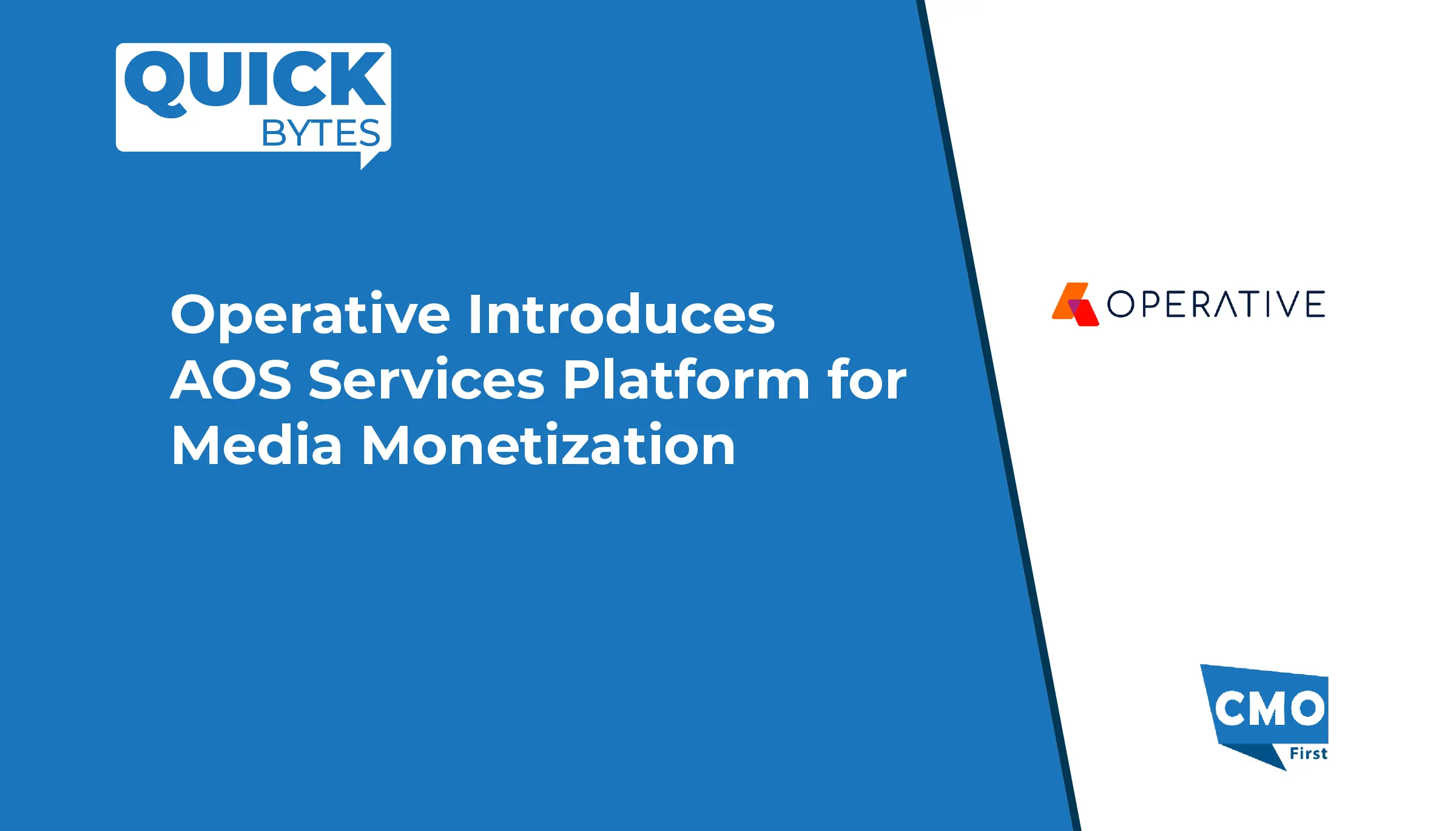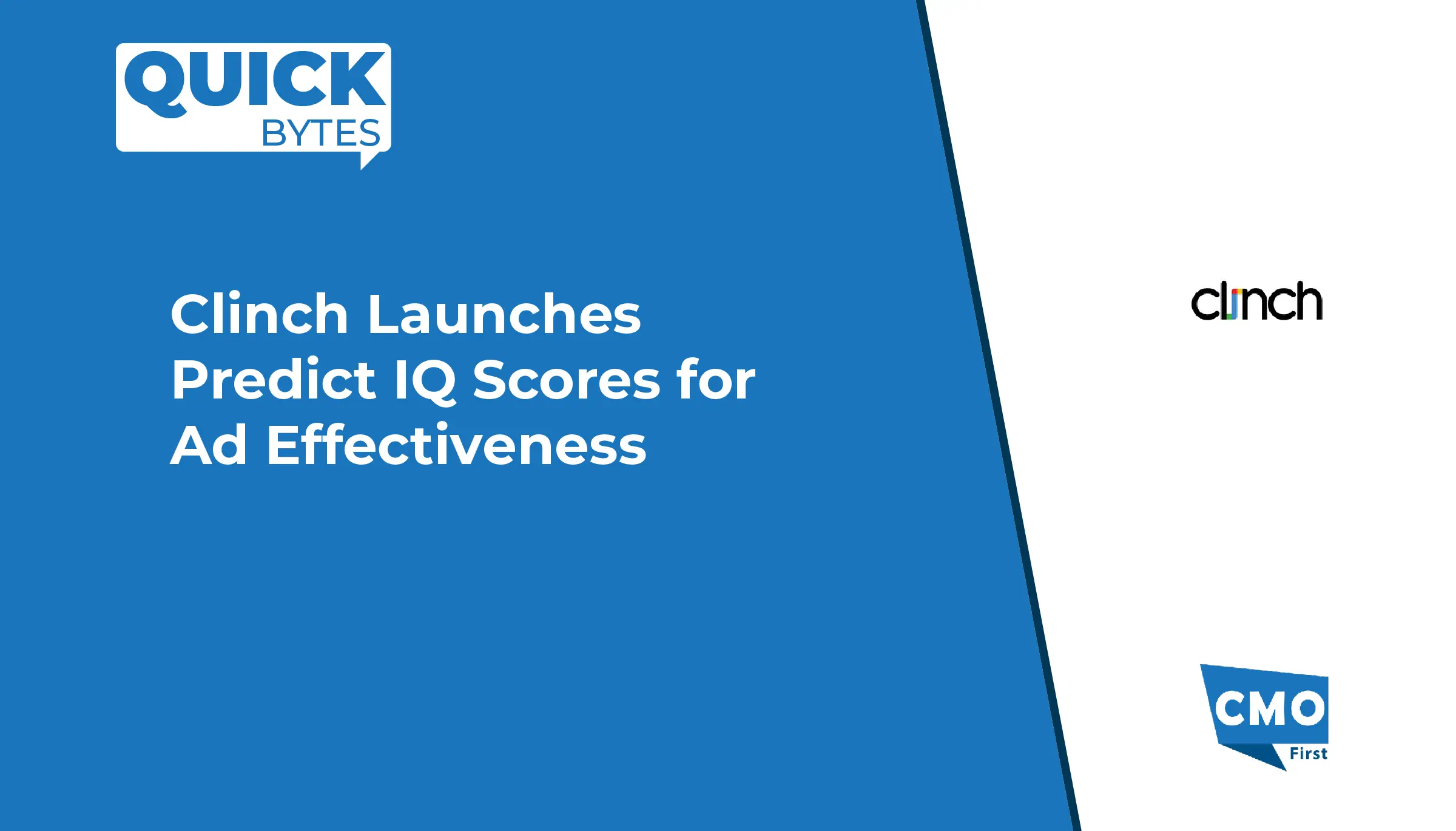The move comes as start-ups face rising competition for their AI products for business, and businesses face growing pressure to demonstrate the gains from investment in AI.
OpenAI plans to roll out the customisation capability, known generally in the AI industry as fine-tuning, on Tuesday. Fine-tuning allows existing AI models to be trained on additional information about a particular sort of task or subject area.
Also Read: FreeWheel Names Industry Veteran Kris Magel as New Head of Global Agency Partnerships
For example, a company that makes skateboards might fine-tune an AI model so that it could be used as a customer-service chatbot able to address questions about wheels and the specifics of caring for a board.
The capability is new for the OpenAI flagship model – fine-tuning has not previously been available on GPT-4o or its predecessor GPT-4. However, the company has allowed users to fine-tune many of its other models, including GPT-4o mini, which is a cheaper, more streamlined version of GPT-4o.
Many tech companies offer the ability to customise AI models big and small. OpenAI is banking on making it easier for customers to tweak its most powerful model by working directly with the company, rather than using an outside service or a less powerful product, said Olivier Godement, the head of product for OpenAI’s API.
“We’ve been extremely focused on lowering the bar, the friction, the amount of work it takes to get started,” Godement said.
To fine-tune a model, customers must upload their data to OpenAI’s servers. The training takes, on average, an hour or two, said John Allard, an OpenAI software engineer who works on customisation. Initially, users will only be able to fine-tune the model with text-based data, Allard said, not images or other content.
Separately, OpenAI has penned a multiyear agreement with Condé Nast to license the magazine company’s content, the latest high-profile media deal for the AI start-up.
OpenAI will display content from brands like Vogue, the New Yorker and Wired within its products, the company said Tuesday. The deal also allows OpenAI to use Condé Nast’s content to help train its AI models, which require vast amounts of data to learn.
“It’s crucial that we meet audiences where they are and embrace new technologies while also ensuring proper attribution and compensation for use of our intellectual property,” wrote Condé Nast chief executive officer Roger Lynch in a memo to employees. “This is exactly what we have found with OpenAI.”
OpenAI has been “transparent and willing to productively work with publishers,” Lynch said, adding that the deal is “just the beginning” of the “fight for fair deals and partnerships across the industry”.
In the past year, OpenAI has made similar deals with Axel Springer, the Atlantic and Vox Media, among others. Not every outlet, however, is working with with the company.
As part of the deal with Condé Nast, OpenAI will also use the content in its upcoming SearchGPT product, a search-oriented version of its popular chatbot, which has yet to be widely released.
Brad Lightcap, the chief operating officer of OpenAI, said in a statement that the company is “committed to working with Condé Nast and other news publishers to ensure that as AI plays a larger role in news discovery and delivery” and that “it maintains accuracy, integrity, and respect for quality reporting.”
SOURCE: Scmp























Leave a Reply